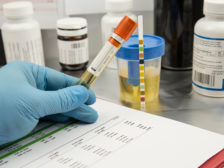OSHA
Safety Talk
PPE selection, limits, and use: No single type can protect all individuals against all hazards
December 23, 2021
Safety Talk
Cut confusion over confined space
Remember if there’s a possibility it can kill you, it likely needs a permit
June 30, 2021
Safety Talk
Preparing for OSHA: How to conduct internal inspections and audits
May 13, 2021
Become a Leader in Safety Culture
Build your knowledge with ISHN, covering key safety, health and industrial hygiene news, products, and trends.
JOIN TODAYCopyright ©2025. All Rights Reserved BNP Media.
Design, CMS, Hosting & Web Development :: ePublishing










